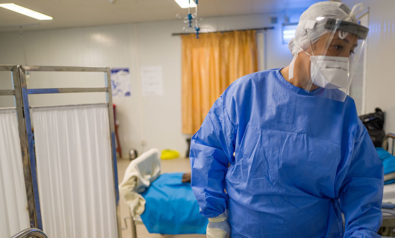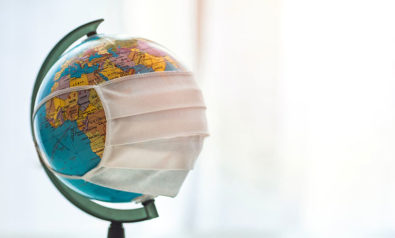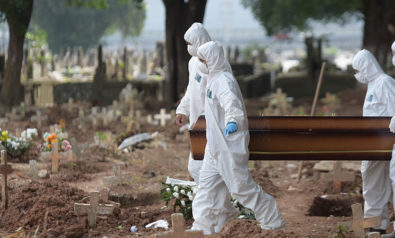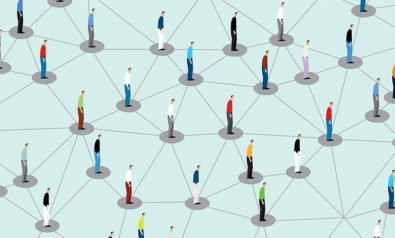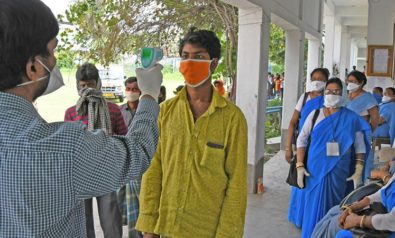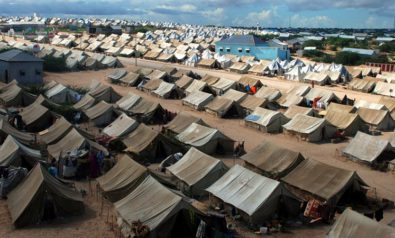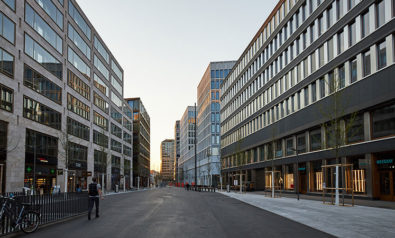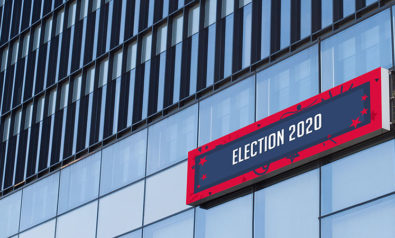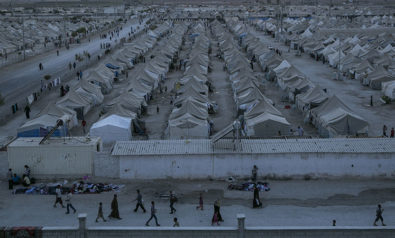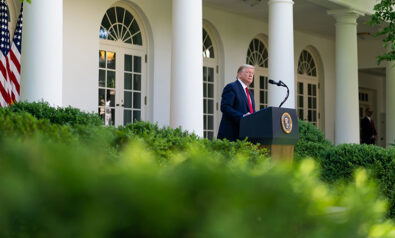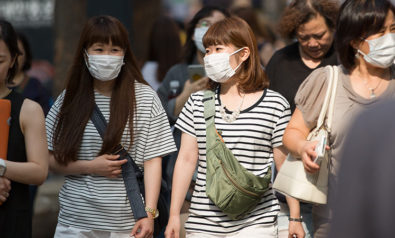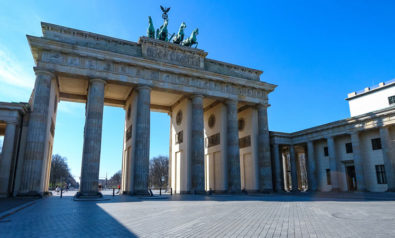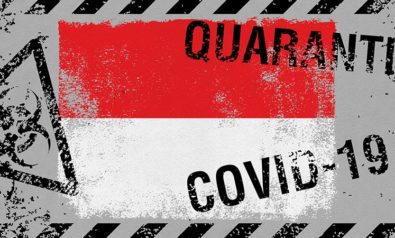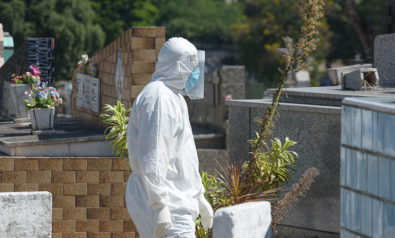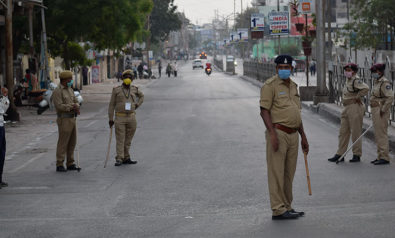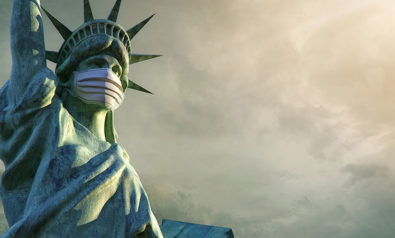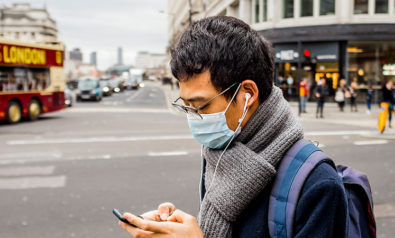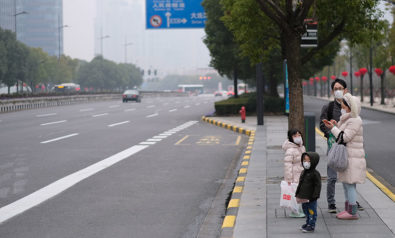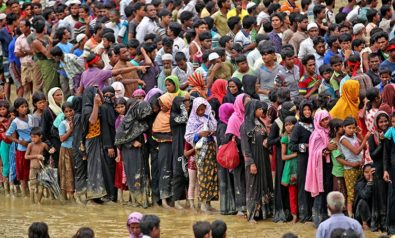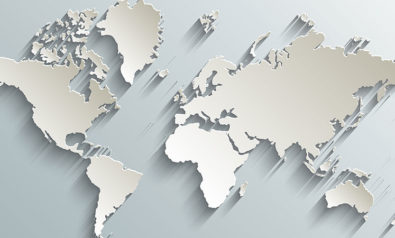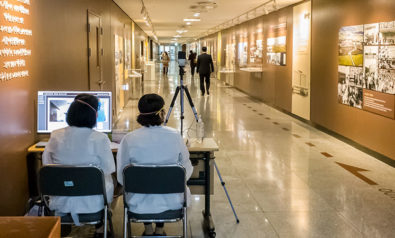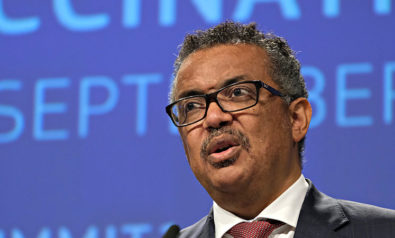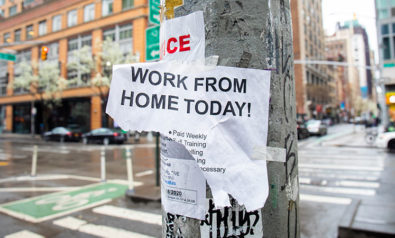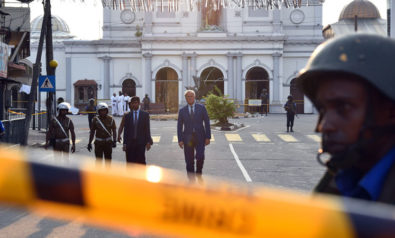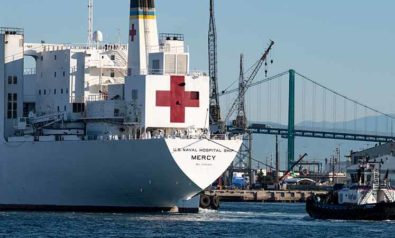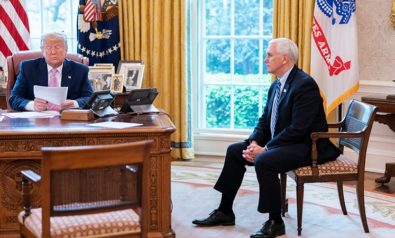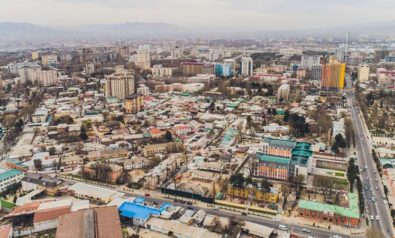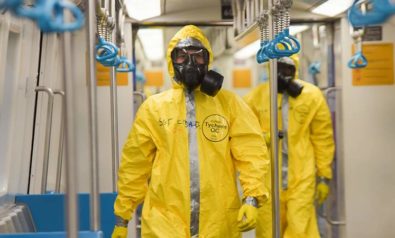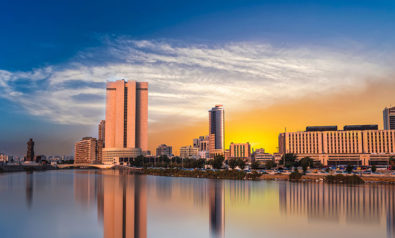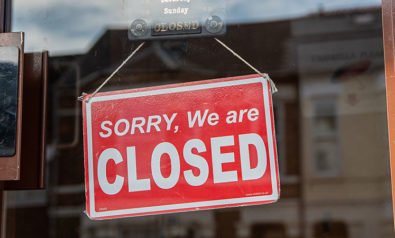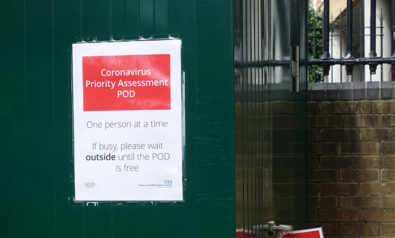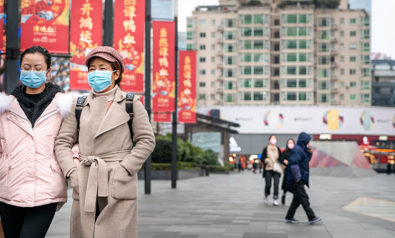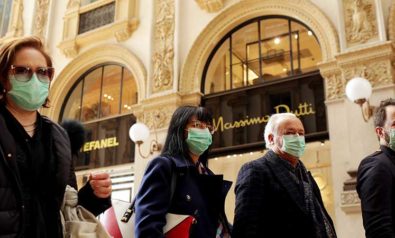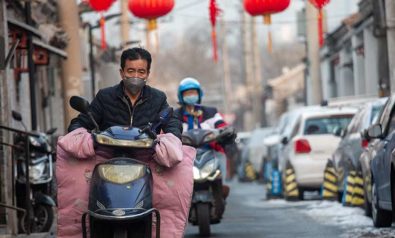Just a month into the start of the new decade, the world is faced with one of the worst public health crises in recent years. Since its initial emergence in the city of Wuhan in early December 2019, a new coronavirus has spread rapidly from Hubei province to the whole of China and other parts of the world. According to the latest statistics, the virus has officially infected more than 20,000 people, leaving over 425 dead so far.
It has taken this strain less than two months to surpass the 2003 severe acute respiratory syndrome (SARS) outbreak in terms of the number of affected patients. By the time the SARS epidemic was officially declared to be over in 2004, there were 8,098 reported cases of infection and 774 deaths. It is safe to say that this virus is more infectious, although the death toll has yet to exceed SARS.
For example, one MarketWatch article used World Health Organization (WHO) statistics to assert that “SARS had a fatality rate of 9.6% compared to coronavirus fatality rate of 2.2%, but that may change.” The WHO has declared a global health emergency, but it has yet to declare the virus a global pandemic.
Government Response
Compared to the SARS epidemic, it is clear that the way in which China has responded to this virus is a major departure from its posture back in 2003. It is clear that Beijing has learned its lessons.
This time, the Chinese government informed the World Health Organization on December 31 about the new virus which had been identified on December 26. Despite delays, this is a clear contrast to the SARS crisis when the Chinese government did not report the virus to the WHO until four months after the first case was detected. Back then, the Chinese government was forced to disclose the information only after a doctor decided blew the whistle on what was really happening on the ground in China. By that point, the virus had spread across the world, and many avoidable deaths had occurred.
In this current crisis, China shared the genetic sequence of the Wuhan virus very early on at the start of the outbreak to assist with the development of a vaccine. This has greatly aided the world’s efforts to understand and contain this virus. This is a big contrast to SARS, when China only shared the sequence on March 24, 2003 — a good five months after the initial breakout in November 2002.
Granted, the critics are right that China has continued to conceal information about the Wuhan virus from the rest of the world. Many in China have expressed skepticism about the information they receive from state television and speculated that the real situation is far worse than what it has been reported. According to The Washington Post, the Chinese authorities knew that “something was amiss” as early as December 26, and have not only failed to inform the public about the possible epidemic, but actively attempted to suppress information about the disease leaking out to prevent panic.
Draconian Measures
China’s President Xi Jinping has taken a direct role in coordinating the response to the crisis. State television has been broadcasting footage of the president holding meetings with top officials to demonstrate the central government’s commitment to control the outbreak. Xi has created a response group, headed by Premier Li Keqiang.
The Chinese government has acted quickly by shutting the seafood market in Wuhan, which has been blamed for being the source of the outbreak of the virus. All commercial flights in and out of Wuhan have been suspended until further notice. A blanket travel ban is imposed on the city of 11 million, and the entire disease-stricken Hubei province is technically sealed off from the rest of the country. More than 50 million people in the province have been effectively quarantined, and two mega hospitals were being built to house the coronavirus patients, one of which has already opened its doors after just 10 days of construction.
The people of Wuhan, Huanggang, Ezhou, Chibi, Xiantao, Qianjiang, Zhijiang and Lichuan are banned from traveling to other parts of China. This is equivalent to banning the people of New York, Los Angeles, Chicago, Washington, DC, and other major US cities from traveling to other parts of the United States.
The Chinese capital Beijing has also suspended railway services to Wuhan in a failed bid to prevent the infection from reaching the political heart of the country. It has also banned overseas travel by Chinese tour groups to stem the spread of the disease. These draconian measures reflect on the strength of China’s unique authoritarian system, thanks to which the leadership is able to take steps that would be impossible in other countries.
These measures have caused major disruptions to the people living in the sealed-off areas. Stories of those desperately trying to leave the quarantined cities for medical treatment have started surfacing on the internet. The story of a Chinese woman begging the police to allow her cancer-stricken daughter to leave a village in Hubei province to get treatment is sure to be one of many.
Basic necessities and fresh supplies like eggs and milk have run out in many parts of the sealed-off zones. Many foreigners living in Wuhan have turned to social media to seek help from the outside world, posting photos of deserted streets and markets. Many have also posted that they are running short of food supplies and fear starvation if they do not receive assistance in time. Foreign governments, including Singapore, Britain and Japan, managed to airlift their citizens out of Wuhan by getting permission from the Chinese authorities.
Are these measures effective? On the surface, they seem to have been successful in containing the spread of the infection, as the majority of the cases remain confined to the city of Wuhan and Hubei province. However, the infection toll continues to rise rapidly on a daily basis, a result of around 5 million people having left Wuhan for other parts of China before the city was sealed off. The disease incubation period is two weeks, during which the person is contagious even if feeling perfectly healthy. Had the tough measures not been put in place, the situation would have likely been far worse.
Why Now?
Many may ask why the measures are being put in place now and not during the SARS outbreak. Firstly, it has got to do with the fact that this crisis is a personal one for President Xi. Since coming to power in 2012, Xi has accumulated so much power that he is practically in charge of every major matter within the country. The Communist Party’s long-standing collective leadership system remains in name only, with power concentrated in President Xi’s hands.
Hence, how China reacts to this crisis will have a major bearing for his reputation and long-term political future. If China fumbles in its response to the current crisis, Xi will have nobody to blame but himself, as every major decision requires his personal approval. He needs to come out of this crisis relatively unscathed in order to secure the legitimacy to stay in power beyond 2022.
Secondly, the extreme measures taken by the Chinese government and the wider world in a way is a recognition of China’s dramatic transformation since 2002. Back in 2002, China was yet to become the world’s second largest economy, and GDP per capita was $1,148; by 2018, per capita GDP has reached $9,770. The huge increase in the disposable income of the Chinese people has fueled a boom in the number of Chinese nationals traveling overseas. According to some estimates, in 2018, Chinese people made nearly 150 million overseas trips. Thus, over the years since 2002, China has become the biggest source of tourists for many countries such as Singapore, Vietnam and Malaysia.
As a result, the potential for the spread of the coronavirus from China to the outside world has strengthened dramatically compared to 2002, as China’s interaction with the outside world has increased dramatically. This has necessitated a tougher response from Beijing to contain the crisis.
At the same time, scarred by the SARS experience, countries like Singapore and the US have imposed tight travel restrictions on Chinese nationals in a bid to stem the spread of the virus. A number of articles in reputable outlets like The New York Times or the Nikkei Asian Review have been tainted by a strong Sinophobia, and a growing number of racist incidents against Chinese nationals have been reported from around the world.
A Global Problem
So what can we expect moving forward? The world should be prepared for the outbreak to continue for some time. It is not an issue that will fade away in the next few months. With broad measures imposed by China and the wider world to contain the outbreak, we can expect an economic slowdown in China and other parts of the world.
China’s economy, which has taken a beating from the trade war with the United States, can be expected to slow down even further. This will have negative repercussions for the rest of the world, as China has become a much more significant player on the global stage.
In tourism-reliant countries like Singapore, which has narrowly avoided a recession in 2019, the outbreak is expected to tip the economy into a recession.
Numerous questions have and will continue to be raised throughout this crisis and after it ends. But one thing is for sure: The coronavirus is a reminder to all of us that we live in a much smaller, globalized world. What happens in one part of the planet will impact the all of it. This is why international cooperation is critical to tackling this crisis effectively. It is no longer China’s problem alone. The Wuhan coronavirus is today a global crisis for all to solve.
The views expressed in this article are the author’s own and do not necessarily reflect Fair Observer’s editorial policy.
Support Fair Observer
We rely on your support for our independence, diversity and quality.
For more than 10 years, Fair Observer has been free, fair and independent. No billionaire owns us, no advertisers control us. We are a reader-supported nonprofit. Unlike many other publications, we keep our content free for readers regardless of where they live or whether they can afford to pay. We have no paywalls and no ads.
In the post-truth era of fake news, echo chambers and filter bubbles, we publish a plurality of perspectives from around the world. Anyone can publish with us, but everyone goes through a rigorous editorial process. So, you get fact-checked, well-reasoned content instead of noise.
We publish 2,500+ voices from 90+ countries. We also conduct education and training programs
on subjects ranging from digital media and journalism to writing and critical thinking. This
doesn’t come cheap. Servers, editors, trainers and web developers cost
money.
Please consider supporting us on a regular basis as a recurring donor or a
sustaining member.
Will you support FO’s journalism?
We rely on your support for our independence, diversity and quality.



